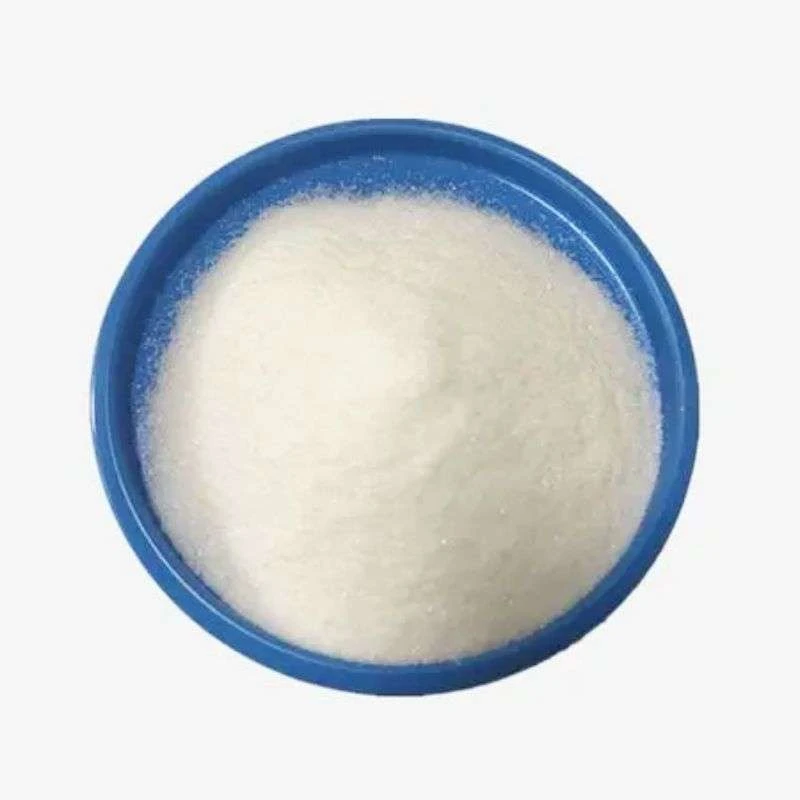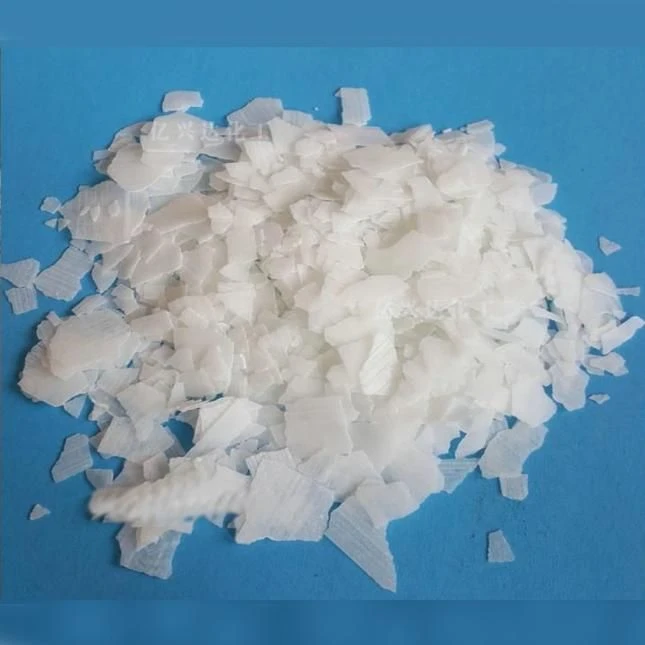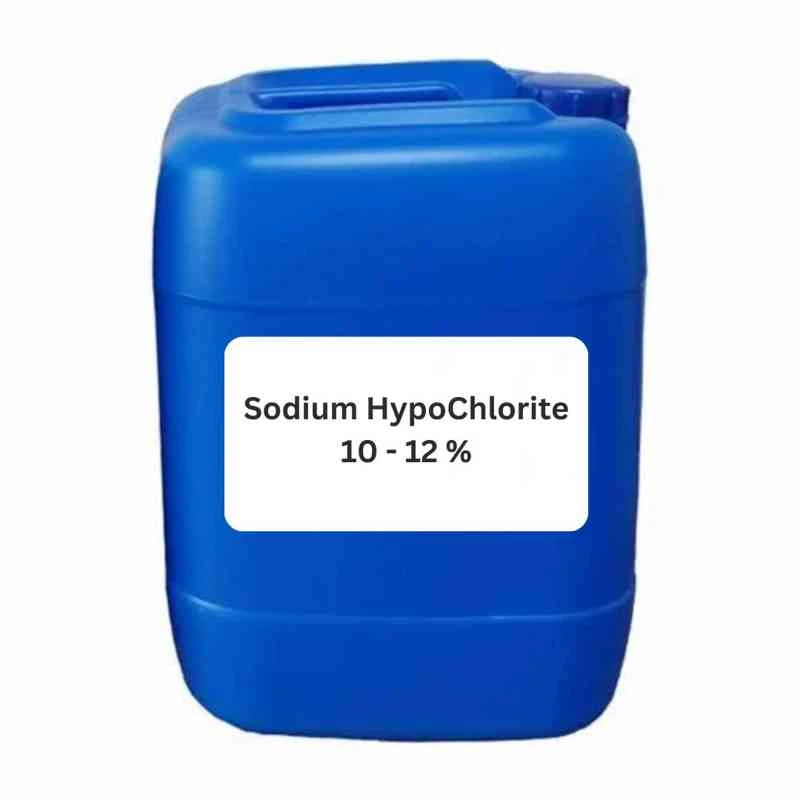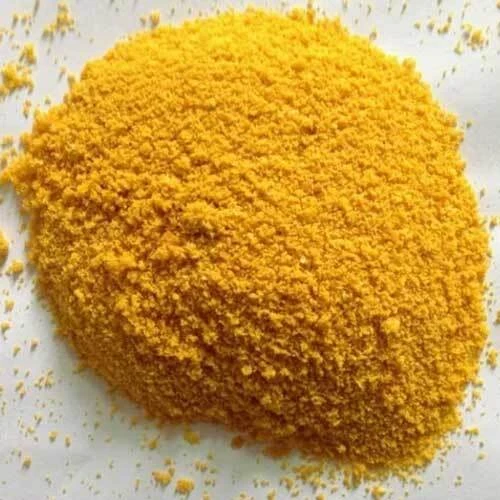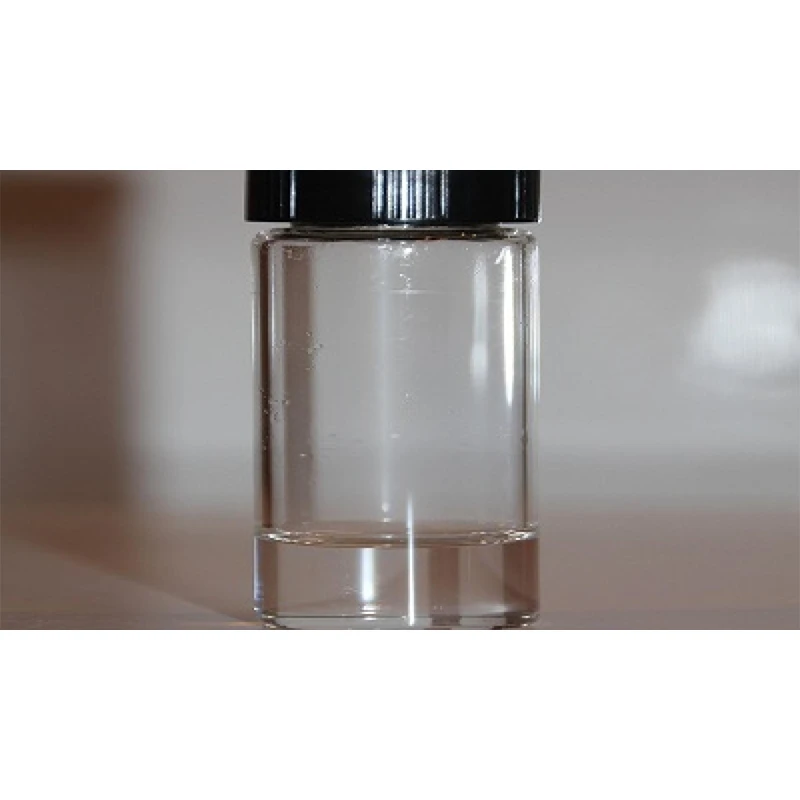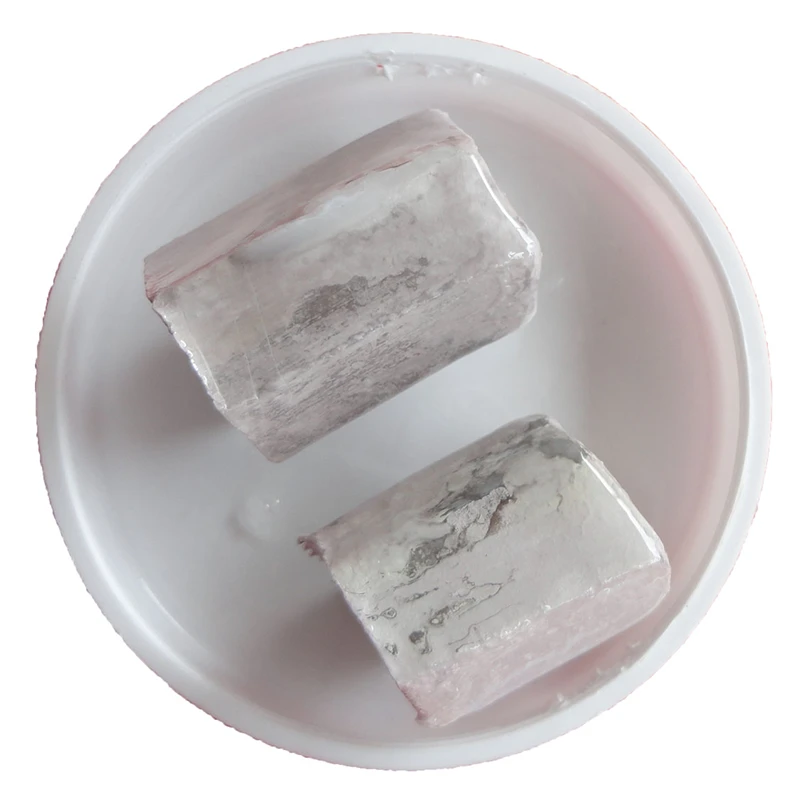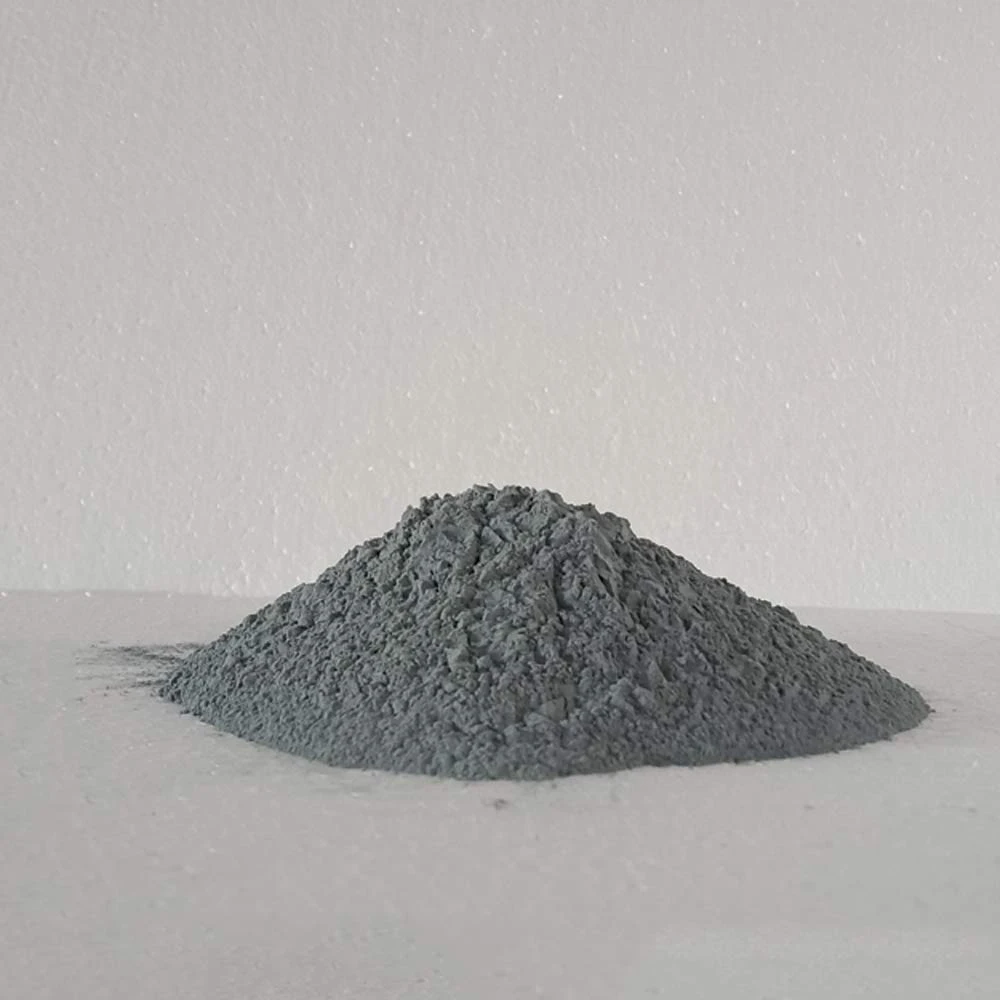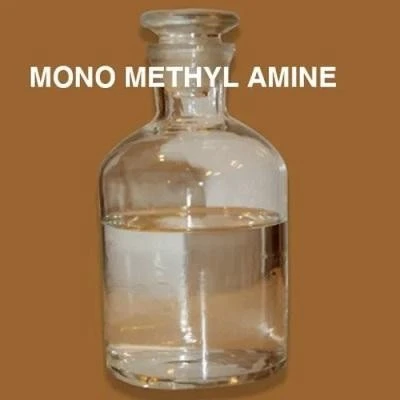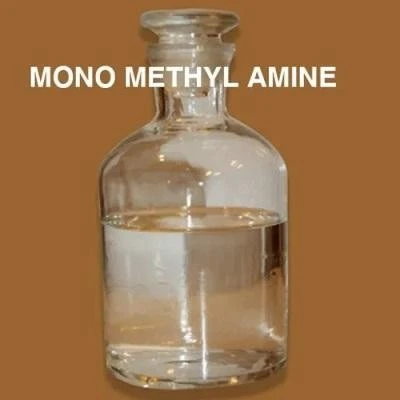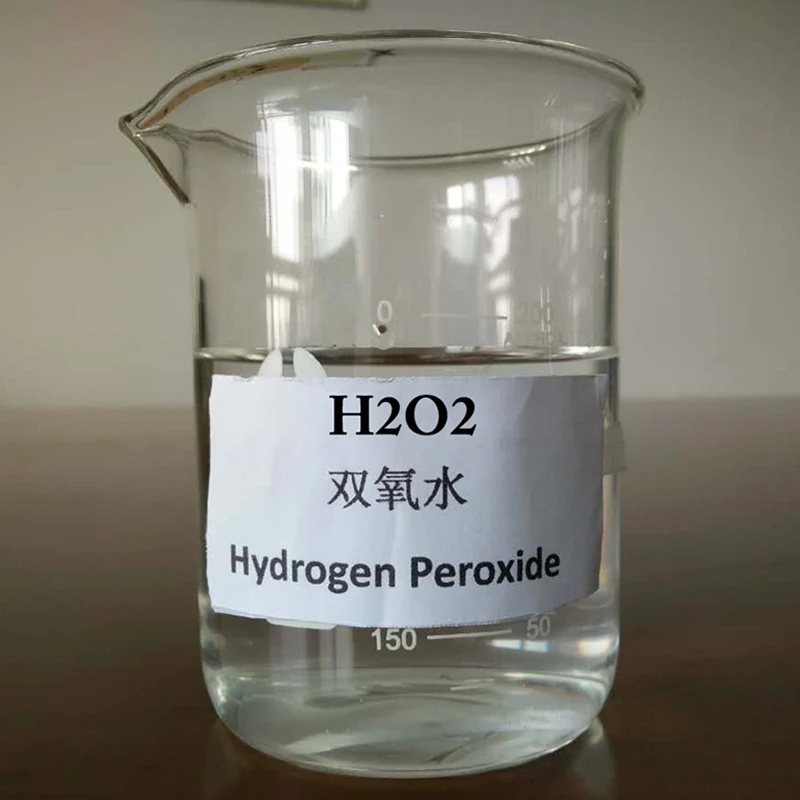


Dmso Dimethyl Sulfoside: A Multi functional Assistant in Chemical Synthesis
Dmso Dimethyl Sulfoxide is an organic compound with high polarity and boiling point. With its unique physical and chemical properties, it occupies an important position in the field of chemical synthesis, especially in the synthesis of polyurethane and acrylonitrile polymerization reactions, playing a key role as a processing reagent and spinning solvent.
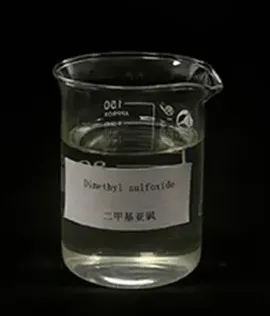
The molecular structure of Dmso Dimethyl Sulfoxide endows it with excellent solubility properties
O dmso dimethylsulfoxid molecule is composed of two methyl groups and one sulfoxide group. The strong polarity of the sulfoxide group allows it to interact with various organic and inorganic compounds, forming stable solutions. This characteristic makes it an ideal solvent in many chemical reactions, as it can dissolve the reaction materials and provide a suitable medium environment for the reaction, promoting the smooth progress of the reaction. At the same time, it has a high boiling point and is not easily volatile in high-temperature reactions, which can maintain the stability of the reaction system.
Dmso Dimethyl Sulfoxide performs well as a processing reagent in polyurethane synthesis
The synthesis of polyurethane involves the reaction of polyols with isocyanates, and suitable reagents are required to adjust the reaction rate and control the product structure during the process. D2650 DMSO can dissolve polyols, isocyanates and other raw materials, allowing them to mix evenly in the reaction system, improving the uniformity and efficiency of the reaction. In addition, it can stabilize the active intermediates during the reaction process, suppress the occurrence of side reactions, and help obtain structurally regular and high-performance polyurethane products, improving the mechanical properties and chemical stability of the products.
In the acrylonitrile polymerization reaction, Dmso Dimethyl Sulfoside exhibits unique advantages as a spinning solvent
Polyacrylonitrile produced by acrylonitrile polymerization is an important raw material for synthetic fibers, and the spinning process requires extremely high solvent requirements. DMSO 99 Pure has excellent solubility for polyacrylonitrile and can form a uniform and stable spinning solution. During the spinning process, it can effectively control the viscosity and flowability of the spinning solution, making the fiber forming process more stable and helping to obtain fibers with uniform thickness and good mechanical properties. Moreover, Dmso Dimethyl Sulfoxide has a high boiling point and is easy to separate and purify during the solvent recovery process after spinning. It can be reused and reduces production consumption.
In addition to its applications in polyurethane synthesis and acrylonitrile polymerization reactions, dimethyl sulfoxide fiyat also has a wide range of uses in other chemical fields due to its good chemical stability and low toxicity. It is not easy to react with common chemical reagents and can maintain stability under various reaction conditions, providing guarantees for the smooth progress of chemical reactions.
In summary, Dmso Dimethyl Sulfoxide, with its excellent solubility, chemical stability, and unique reaction assisting ability, can be used as a processing reagent in polyurethane synthesis to improve reaction efficiency and product quality, and as a spinning solvent in acrylonitrile polymerization reaction to ensure fiber forming effect. It is an indispensable multifunctional auxiliary agent in chemical synthesis, providing strong support for the production of related chemical products.
Dmso Dimethyl Sulfoxide FAQs
What is the specific role of Dmso Dimethyl Sulfoside in acrylonitrile polymerization reaction?
In the acrylonitrile polymerization reaction, Dmso Dimethyl Sulfoside is mainly used as an efficient solvent and processing aid. Its strong polarity can effectively dissolve acrylonitrile monomers and the resulting polymers, ensuring the uniformity of the reaction system. Meanwhile, the high boiling point and thermal stability of Dmso Dimethyl Sulfoxide provide a mild reaction environment for the polymerization process, avoiding side reactions caused by local overheating. In the later stage of the reaction, Dmso Dimethyl Sulfoxide can also promote the ordered arrangement of molecular chains by reducing the system viscosity, laying the foundation for subsequent spinning processes.
Why is Dmso Dimethyl Sulfoxide particularly suitable as a spinning solvent in polyurethane synthesis?
Dmso Dimethyl Sulfoxide has unique physicochemical properties that make it an ideal spinning solvent. Its excellent solubility ensures that the polyurethane precursor is completely dissolved to form a homogeneous solution, while moderate volatility and surface tension facilitate fiber shaping and stretching during the spinning process. In addition, the good compatibility of Dmso Dimethyl Sulfoxide with most polymer materials can reduce phase separation phenomena, resulting in fibers with more uniform diameters and higher mechanical properties. Its low toxicity and recyclability also conform to the development trend of green chemistry.
How does Dmso Dimethyl Sulfoside affect the performance of the final product during acrylonitrile polymerization?
Dmso Dimethyl Sulfoxide directly affects product properties by regulating polymerization kinetics and microstructure. As a proton inert solvent, it can inhibit chain transfer reactions and improve the molecular weight and distribution uniformity of polymers. This control effect results in higher thermal stability and mechanical strength of the final obtained polyacrylonitrile fibers. Meanwhile, the solvation effect involving Dmso Dimethyl Sulfoside induces the formation of more regular chain segments in the polymer, significantly improving the orientation of graphite microcrystals during subsequent carbonization treatment.
What are the irreplaceable advantages of Dmso Dimethyl Sulfoside in polyurethane synthesis compared to other common solvents?
Compared to traditional solvents such as DMF and NMP, Dmso Dimethyl Sulfoxide exhibits multiple unique advantages. Its strong hydrogen bond acceptance ability can effectively disrupt the hydrogen bond network in polyurethane prepolymers, achieving rapid dissolution at low temperatures. The high stability of Dmso Dimethyl Sulfoside towards isocyanate groups avoids side reactions and ensures the utilization rate of raw materials. From a process perspective, the wide liquid phase range (18-189 ℃) of Dmso Dimethyl Sulfoxide provides flexible operating space for reactions in different temperature zones, and its biodegradability significantly reduces the difficulty of waste liquid treatment.
What process parameters should be particularly noted when using Dmso Dimethyl Sulfoside as a processing reagent?
In practical applications, three core parameters need to be precisely controlled: the solvent moisture content must be below 0.1% to prevent hydrolysis side reactions, the reaction temperature is recommended to be maintained at 60-80 ℃ to balance dissolution efficiency and thermal degradation risk, and the system viscosity needs to be adjusted to the range of 200-500cP through the addition of Dmso Dimethyl Sulfoxide to ensure spinning fluidity. At the same time, it is recommended to adopt nitrogen protection measures, as Dmso Dimethyl Sulfoside may undergo slight decomposition at high temperatures. The post-processing stage can achieve a solvent recovery rate of over 99% through vacuum distillation, significantly reducing production costs.
-
Sodium Chlorate: A multifunctional chemical product with chlorine dioxide preparation as its coreNotíciasAug.15,2025
-
Potassium Permanganate: An Efficient Oxidant in Laboratories and IndustriesNotíciasAug.15,2025
-
Imidacloprid Insecticide: A Model of Highly Effective Systemic InsecticidesNotíciasAug.15,2025
-
Imidacloprid Insecticida: A Highly Effective Insecticide Targeting the Insect Nervous SystemNotíciasAug.15,2025
-
3 5 Dichlorobenzoyl Chloride: a key intermediate in drug synthesisNotíciasAug.15,2025
-
Zinc Chloride: a reliable stabilizer for ice dye color salts in the dye industryNotíciasAug.11,2025
-
Propargyl Alcohol: A Multifunctional Chemical Additive in the Industrial FieldNotíciasAug.11,2025
